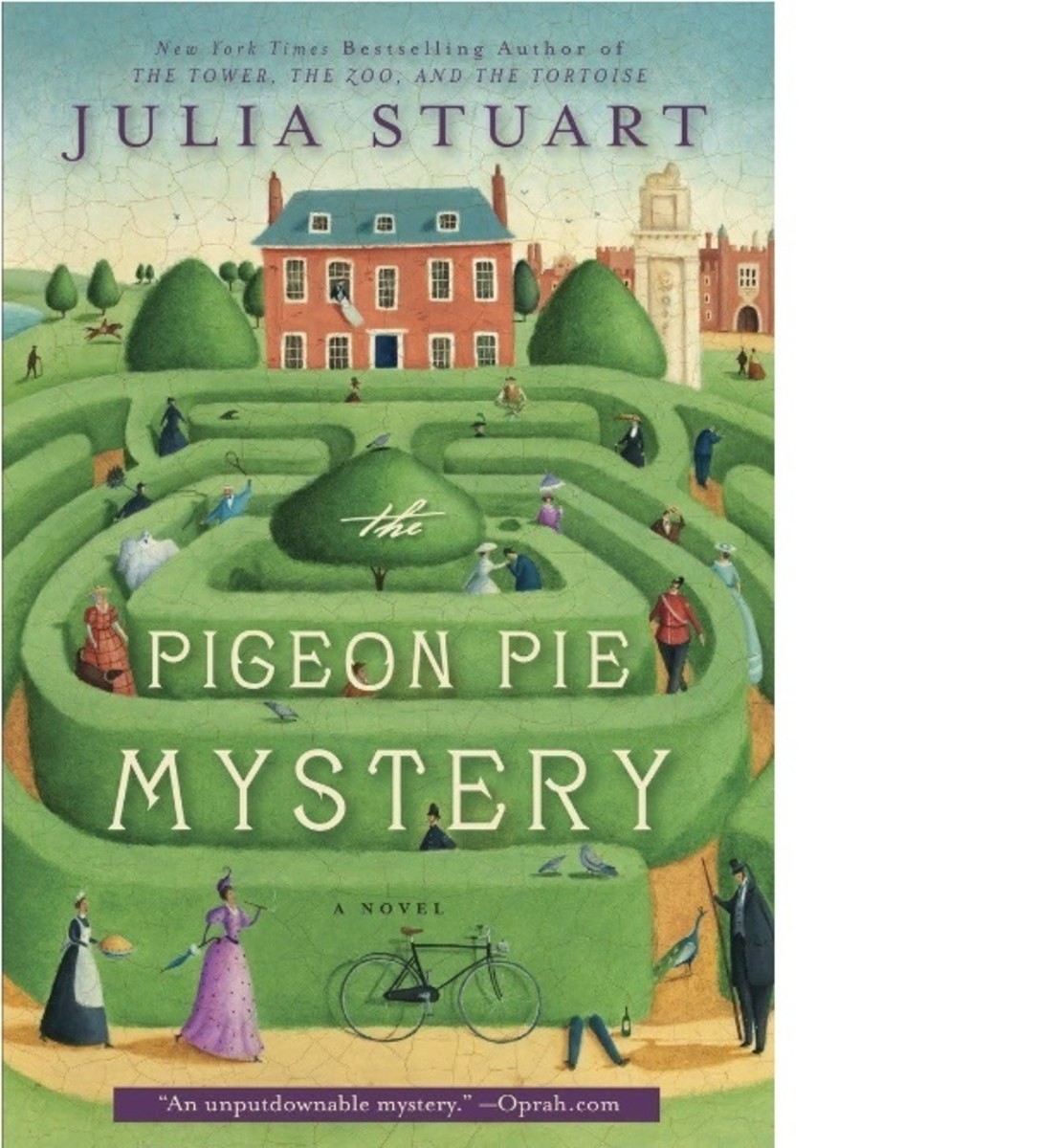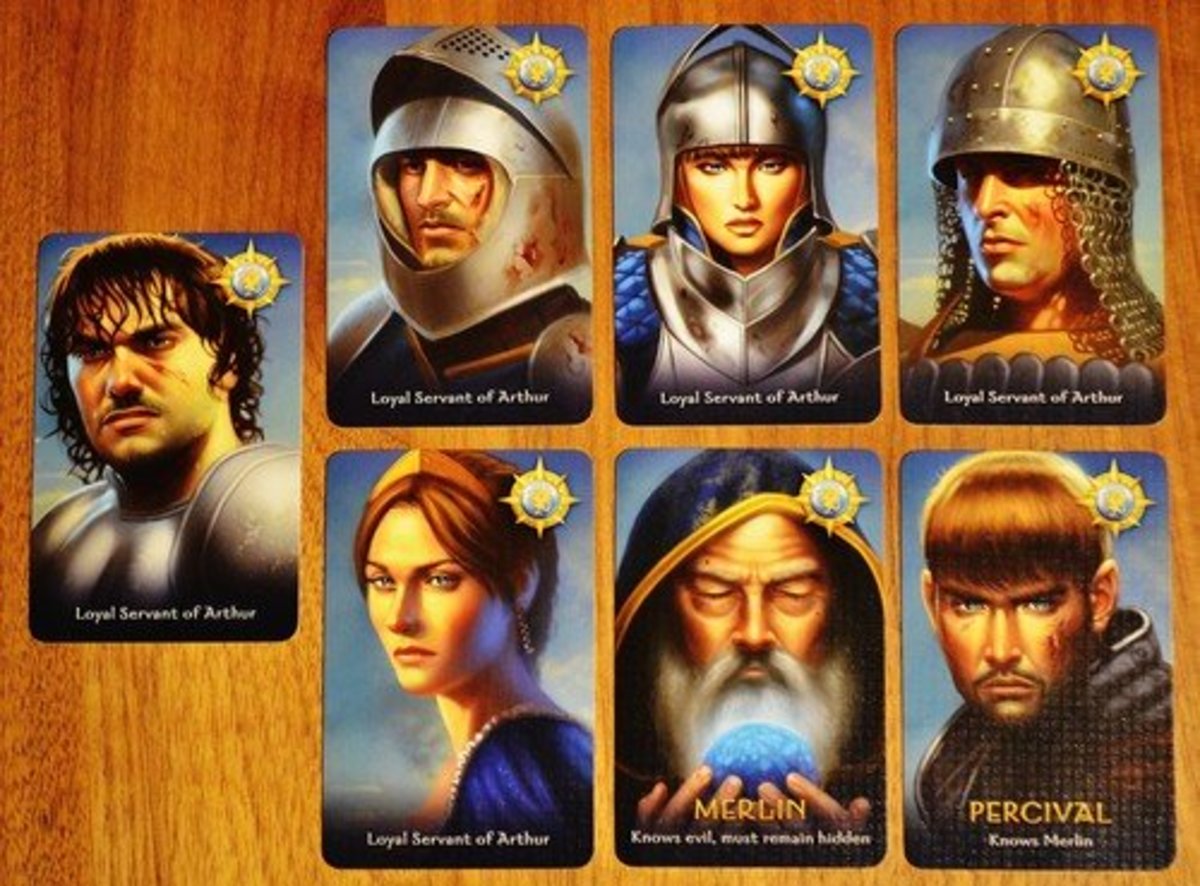Hosting a Murder Mystery Party: Creating Additional Character Roles
When hosting your own murder mystery dinner theater, you always want to invite more guests than the game has characters. This is because someone will likely cancel, it never fails! And when someone does cancel, you don’t want to be burdened at the last minute to find someone to who can fill that role.
The challenge, however, with invited more guests is you may have more guests than characters. This means you will need to put on your creative caps and begin adding additional roles to the game. I’ve successfully done this before, and want to give you some tips I have learned.

Read the Game and all the Player Manuals and Clues
I know this seems to be a major bummer, especially if you want to play. But, you can’t create meaningful characters if you don’t know the relationships and motives behind the original ones.
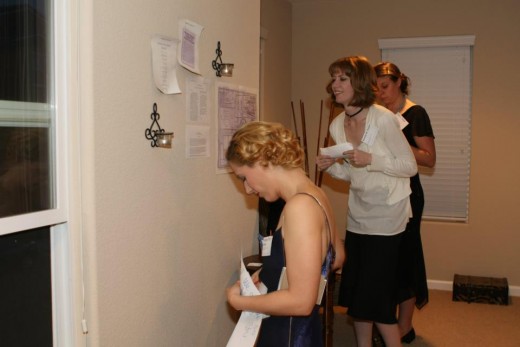
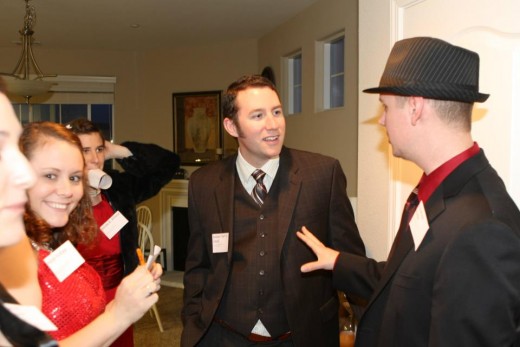
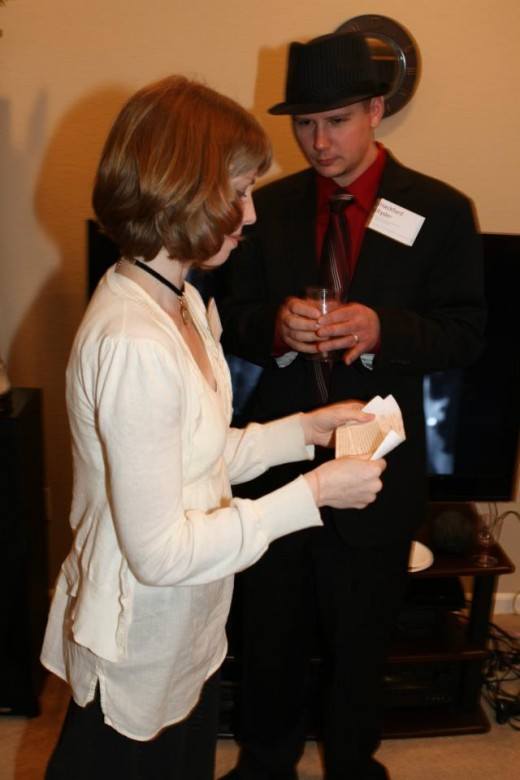
What each New Character Needs
- A motive, or reason for being at the event. Why is he/she present? What is his/her relationship to the victim? What is his/her relationship to the other characters? To help, I have listed some ideas I have used for character motives below.
- A job. With some characters, this will be obvious, (host, photographer, journalist). With others, it may be more difficult.
- Information to reveal and conceal each round. Some characters may be friends with another, original character. In this case, they can be given the same information to reveal, and possibly the same information to conceal. For other characters, you may need to add an entire new aspect into the story.
- Consistency of clues and information among all characters. If you add something entirely new into the story, and it involves any of the original characters, make sure you add those developments into the corresponding round of information to reveal/conceal for those original characters. For example, I gave an original character a sister. While the original character did not know she had a sister, the new character did and was attempting to steal her inheritance. This tied into her motive for possibly becoming a suspect of the murder. With this new information, it was necessary to add some things to the original character’s information to ensure consistency of clues. I also gave other characters information about the unknown sister I created. This ensured that others were revealing sufficient information about her.



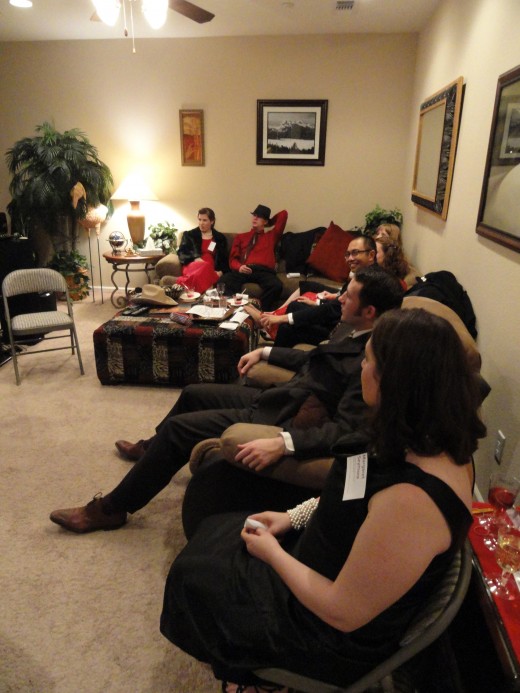


Ideas for Characters
Host/Hostess
This role will be the most basic role, and it makes sense that if you are the host, you should play this role. The job, of course, is to serve guests food and drinks, answer their questions, make sure they are enjoying their time.
The host can be a character too. You can also give the host a small motive and a couple clues to share with others. The host I created had worked for the victim for many years, and had seen much of his interactions with some of the other guests. Remember that the host will not be a major suspect in the game.
Detective
Every murder mystery game must have a detective. In some games, the detective is mentioned, but not actually a built in character. This is an opportunity to make him/her a character with a valuable role in the game. The detective’s doesn’t have a motive, or course. But his/her job will be to talk with certain people, sometimes very specific people, and gather as many clues about the murder as possible. In my game, the detective was responsible for collecting the clues, and posting them to the clue wall at the end of each round.
Undercover Agent
You may have a game that makes it easy to add this character. In my game, the murder was directly linked to another murder that took place exactly one year prior. The earlier murder was unresolved. So my undercover agent’s motive was to solve the previous murder. She posed as an amateur journalist trying to break into top crime stories.
Journalist
Some games may already have a journalist. Others may not. If you don’t have one, it’s easy to create one. The job will be to gather clues and take notes while mingling. The journalist can also write headlines and post them to the clue wall at the end of each round. You may want to give him/her a motive also, in which case there will be information to reveal and conceal about other characters while others are revealing information about the journalist.
Photographer
This is a fairly easy character to add. The job is simple—to take pictures throughout the night. If your game already has a journalist, you can have the photographer working alongside. This means he/she should have a close relationship with the journalist, and can even have some of the same reveal/conceal information. In my game, I had a gossip columnist and an undercover agent posing as a journalist. The photographer had a peculiar relationship with the undercover agent, (he was hired by her to work with the gossip columnist, who suspected her of a previous murder). My photographer, therefore, went back and forth between the two, and had some specific clues to divulge while taking pictures.
Sisters, In-Laws, Long Lost Lovers, Unknown Biological Children, etc.
If you still need more characters, think about the victim’s relatives, loved ones from affairs, children born for those affairs, and more. When a large sum of money is involved, random people always arrive on scene, even if they’ve been absent for years. You can create some great motives around these characters, as well as potential drama.
Give Yourself Time to Think and Write
Time is essential! When I started adding new characters to my game, I was thinking about them throughout the day, and jotting down notes about motives and relationships with others, and created a flow chart so I could see those relationships and how the characters might interact with each other. I new I had to add six new roles, so I started as soon as I started getting rsvp’s over the eight person limit. It took me about a week and a half to write in each new character, along with their specific reveal/conceal information.

